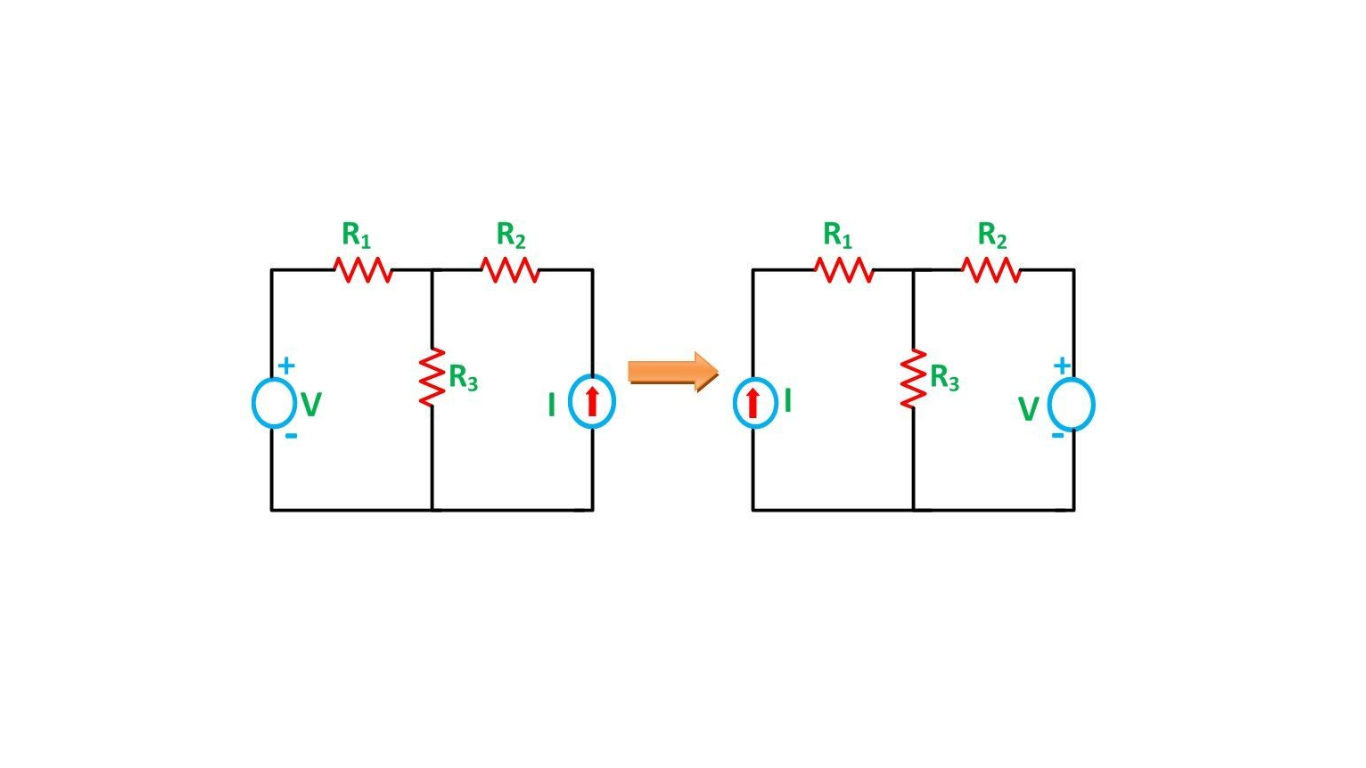Understanding the Reciprocity Theorem in Electrical Circuits
The reciprocity theorem states that the current through a specific branch of a network or circuit, due to a single voltage source placed in the network, is equal to the current through the branch where the source was originally located when the source is moved back to that branch. This theorem is applicable to bilateral linear networks consisting of bilateral components.
In simple terms, the reciprocity theorem states that when the positions of voltage and current sources in a network are exchanged, the magnitude of current and voltage flowing through the circuit remains the same.
This theorem finds application in solving various DC and AC networks, especially in the fields of electromagnetism and electronics, where the circuits do not contain time-varying elements.
Explanation of Reciprocity Theorem
The voltage source and current source can be interchanged without affecting the current, provided that the polarity of the voltage source aligns with the direction of the branch current in each position.
To illustrate the Reciprocity Theorem, consider the circuit diagram shown below:

In the above circuit diagram, resistances R1, R2, and R3 are connected with a voltage source (V) and a current source (I). It is evident from the diagram that the voltage and current sources are interchanged to solve the network using the Reciprocity Theorem.
However, it’s important to note that this theorem is applicable only to single-source networks and not to multi-source networks. The network where the reciprocity theorem is applied should be linear and consist of resistors, inductors, capacitors, and coupled circuits. Additionally, the circuit should not contain any time-varying elements.
Steps for Solving a Network Utilizing Reciprocity Theorem
- Select the branches for which reciprocity needs to be established.
- Determine the current in the selected branch using conventional network analysis methods.
- Interchange the voltage source between the selected branches.
- Calculate the current in the branch where the voltage source was initially located.
- Compare the current obtained in step 2 with the current calculated in step 4 to verify their equality.
By following these steps, the Reciprocity Theorem enables the analysis and understanding of network behavior, allowing for effective problem-solving in various electrical circuits.